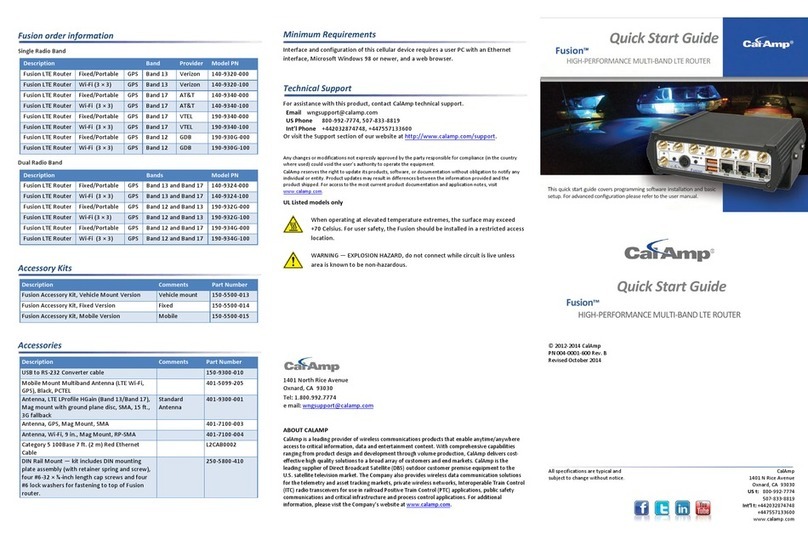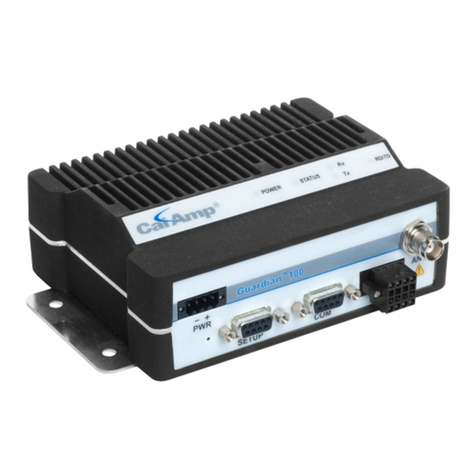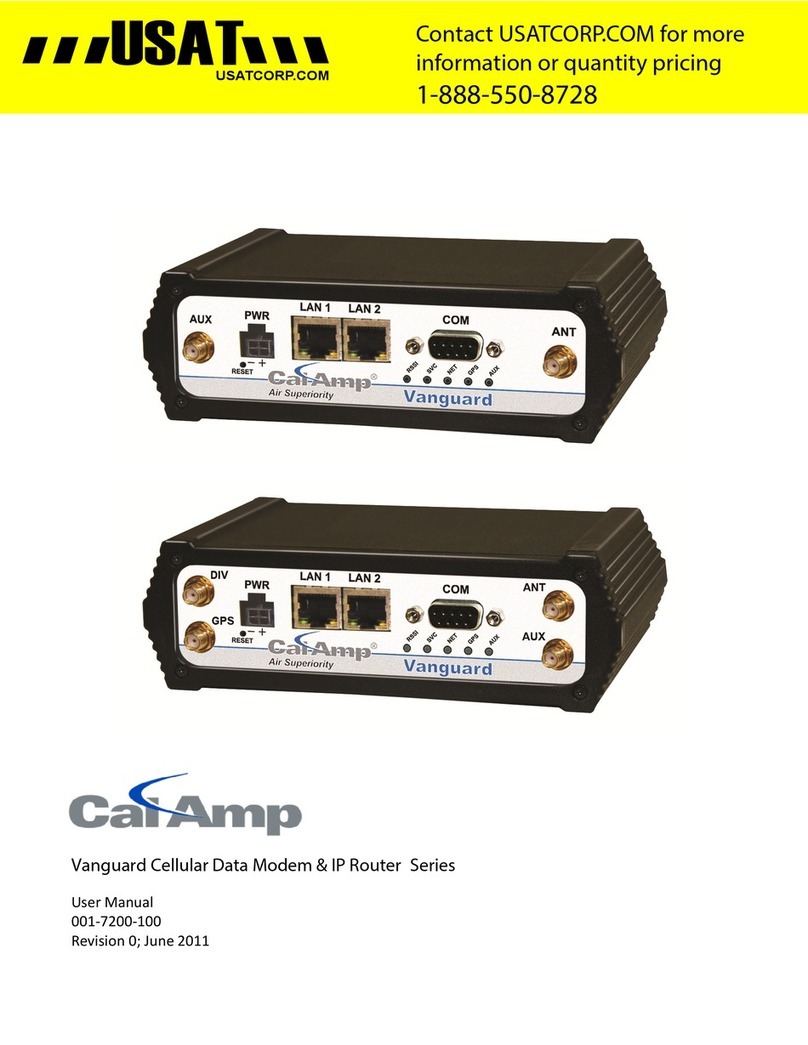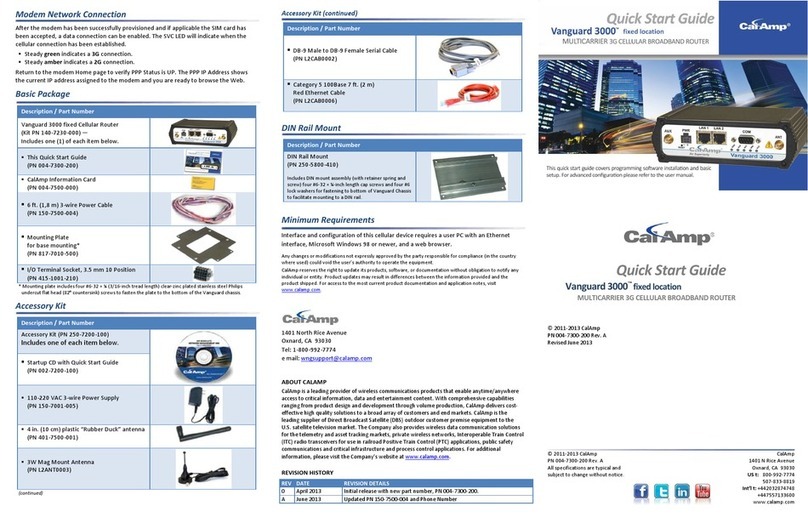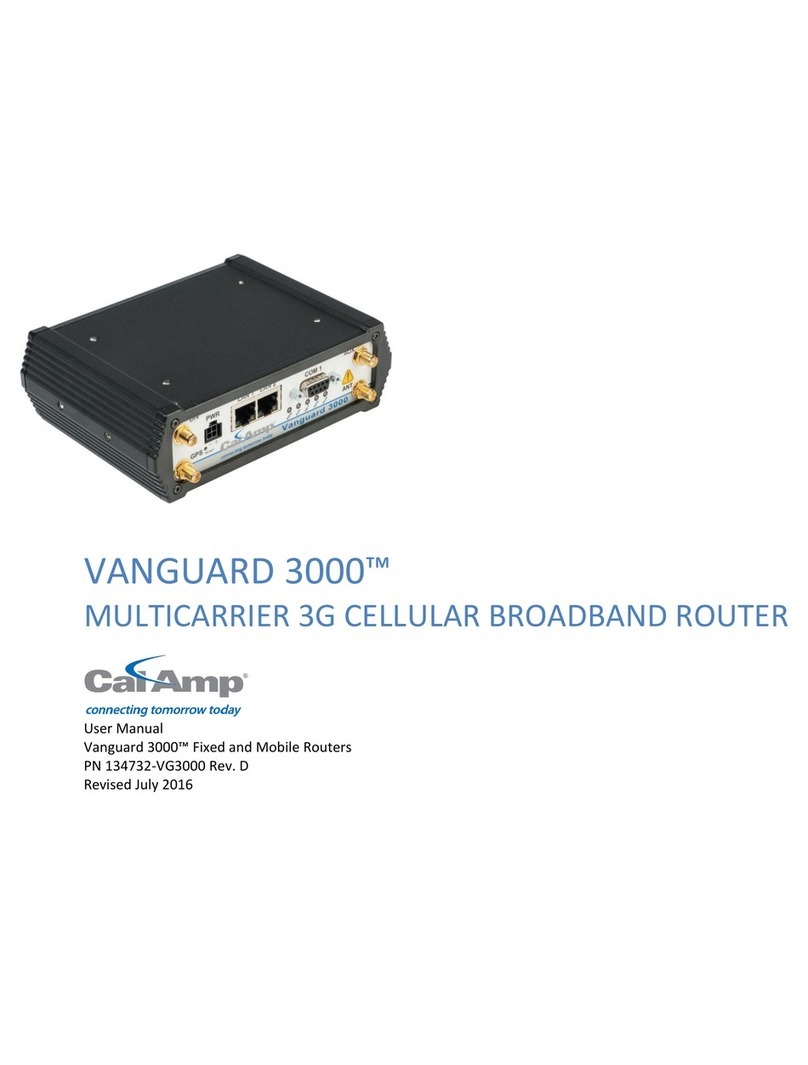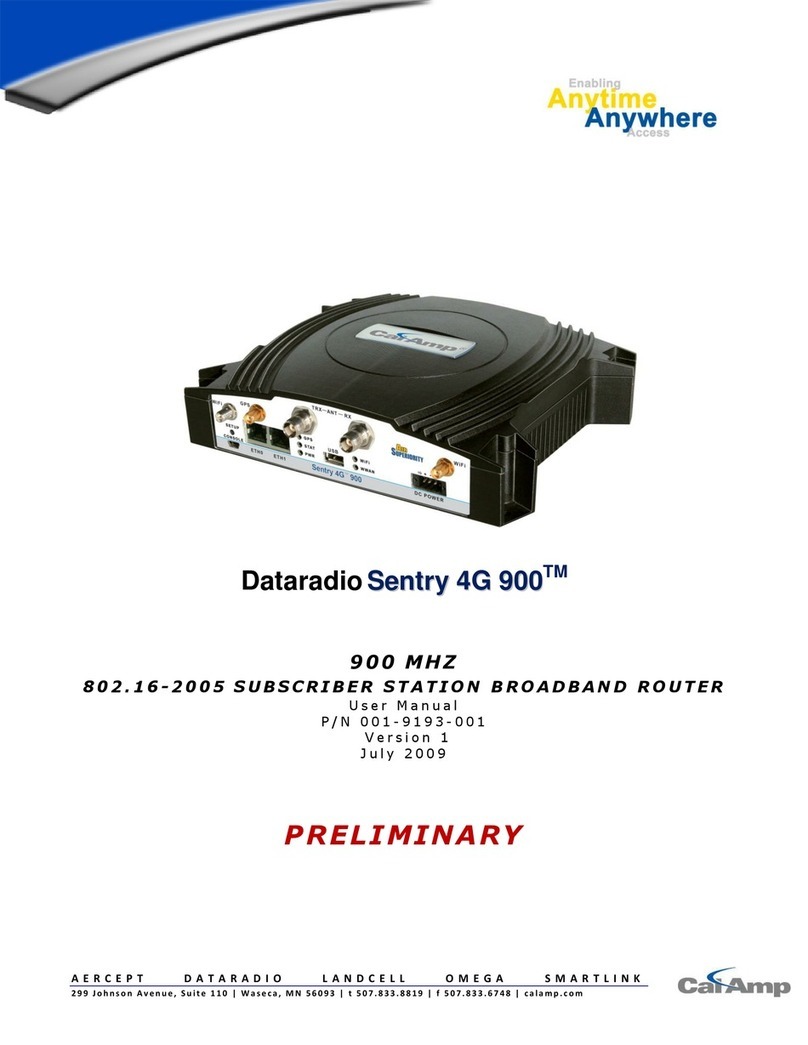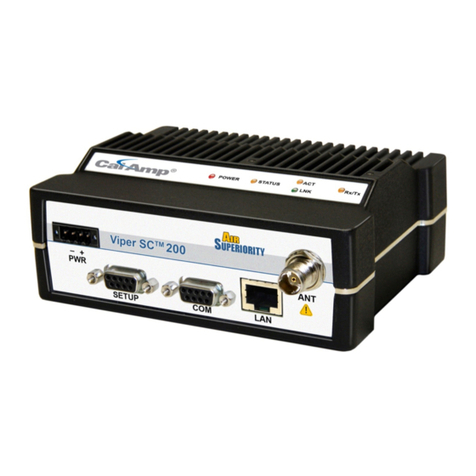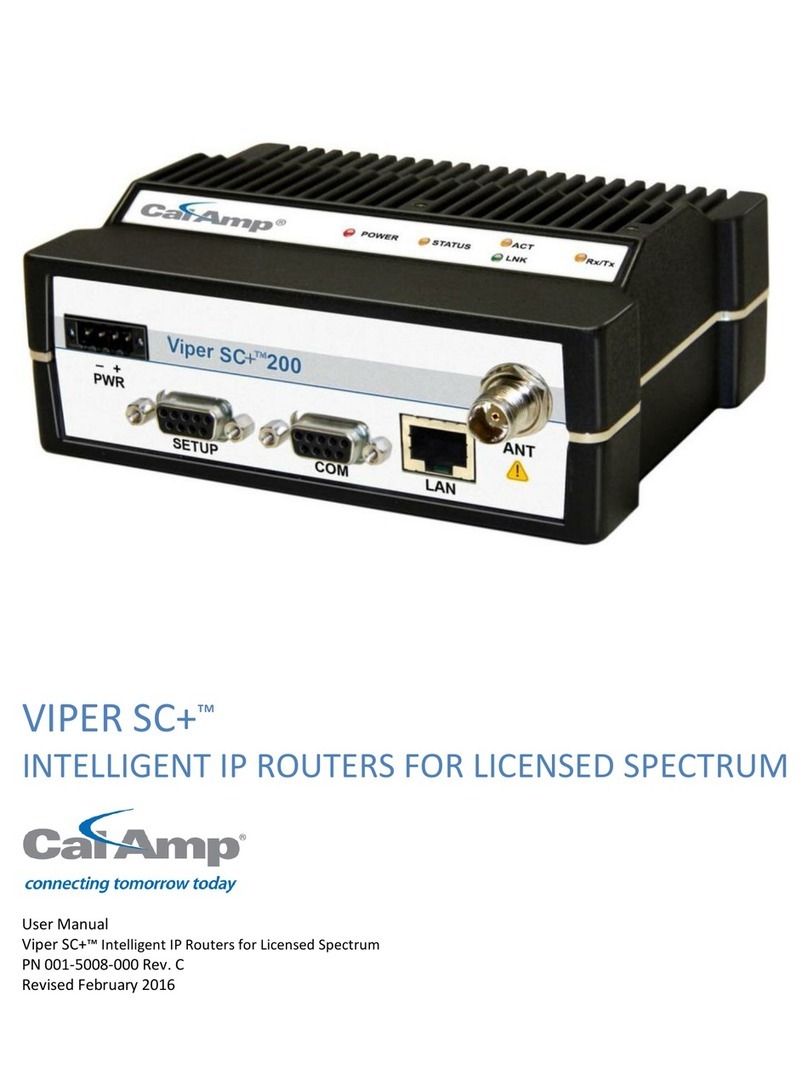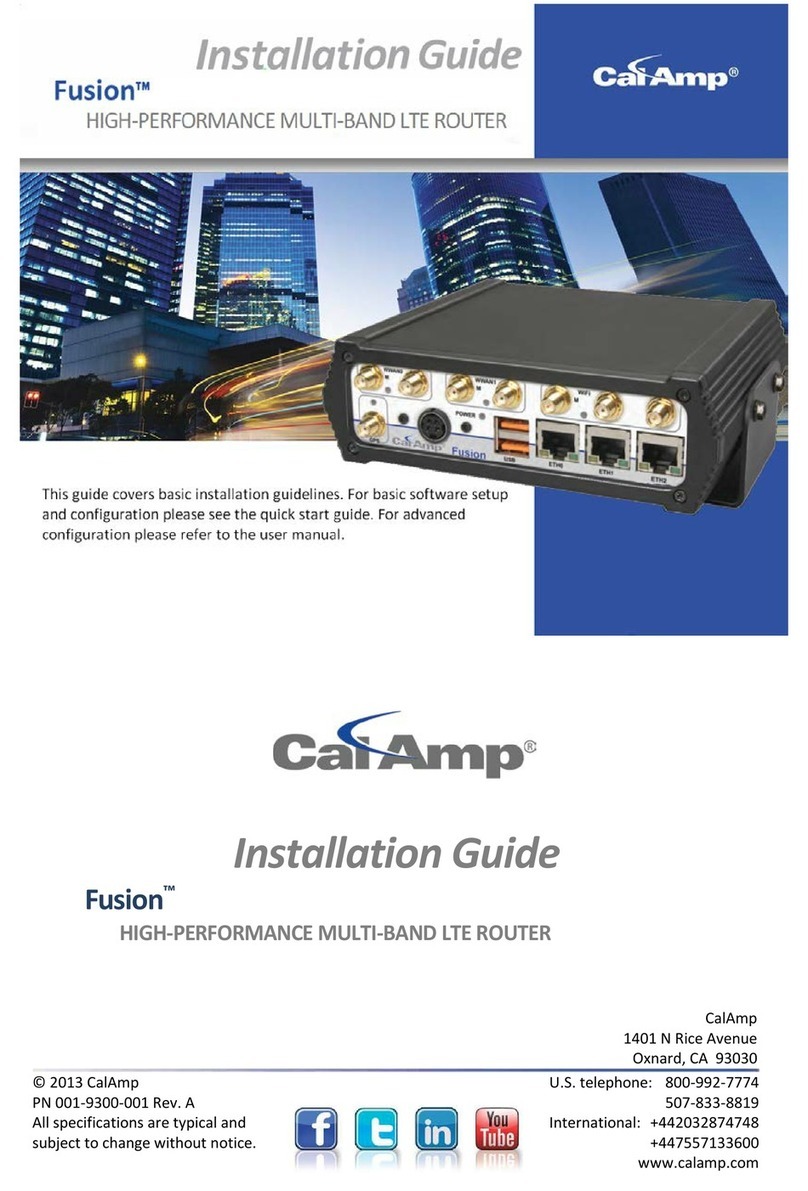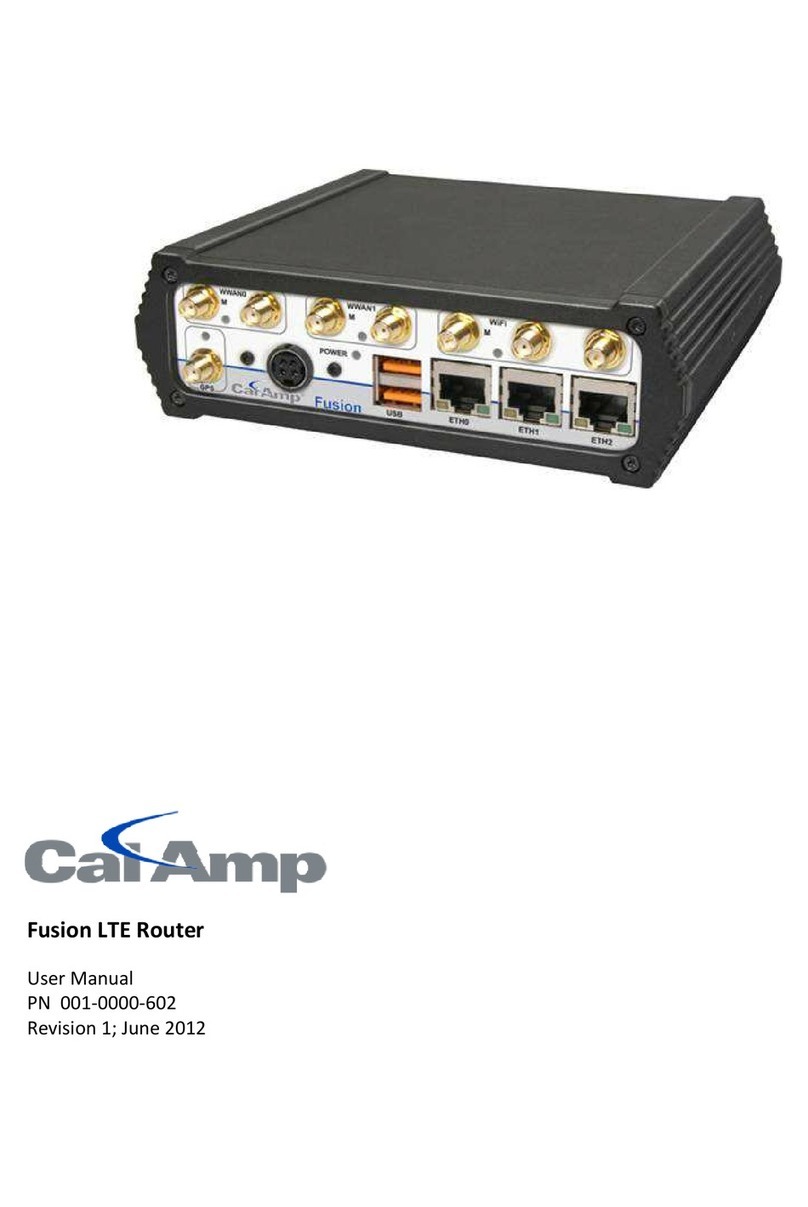
TABLE OF CONTENTS
1GUARDIAN OVERVIEW...........................................................................................................................................9
1.1 General Description............................................................................................................................................9
1.2 Operational Characteristics...............................................................................................................................9
1.3 Physical Description .........................................................................................................................................10
1.3.1 Front PanelThe front panel has the following connections:........................................................................10
1.3.1 The front panel has the following connections:..........................................................................................11
1.3.2 LED Panel...................................................................................................................................................11
1.3.3 User Interface Port......................................................................................................................................11
1.3.4 SETUP and COM Ports..............................................................................................................................12
1.3.5 Power Connector ........................................................................................................................................12
1.3.6 Antenna Connector .....................................................................................................................................13
1.3.7 Chassis Dimensions....................................................................................................................................13
1.4 Part Numbers and Availability........................................................................................................................14
1.4.1 Guardian Radio...........................................................................................................................................14
1.4.2 Accessories and Options.............................................................................................................................14
1.5 Product Warranty ............................................................................................................................................15
1.6 RMA Request....................................................................................................................................................16
1.7 Documentation and Downloads.......................................................................................................................16
2SYSTEM ARCHITECTURE AND NETWORK PLANNING .................................................................................17
2.1 Single Coverage Area .......................................................................................................................................17
2.2 Network Architecture.......................................................................................................................................17
2.2.1 Point-to-Point..............................................................................................................................................17
2.2.2 Point-to-Multipoint.....................................................................................................................................18
2.2.3 Multiple Point-to-Point...............................................................................................................................18
2.2.4 Peer-to-Peer ................................................................................................................................................18
2.2.5 Store and Forward.......................................................................................................................................18
2.2.6 Network Using a T-Base.............................................................................................................................18
2.2.7 NETWORK USING A T-BASE REPEATER ...........................................................................................19
2.2.8 NETWORK USING A GUARDIAN FOR ONLINE DIAGNOSTICS .....................................................19
2.3 Extending the Coverage Area with a Relay Point..........................................................................................19
2.3.1 Understanding RF Path Requirements........................................................................................................20
2.4 Site Selection and Site Survey..........................................................................................................................20
2.4.1 Site Selection..............................................................................................................................................20
2.4.2 Site Survey..................................................................................................................................................21
2.5 Selecting Antenna and Feedline.......................................................................................................................21
2.5.1 Antenna Gain..............................................................................................................................................21
2.5.2 Omni Directional Antenna..........................................................................................................................21
2.5.3 Yagi Antenna..............................................................................................................................................22
2.5.4 Vertical Dipoles..........................................................................................................................................22
2.5.5 Feedline ......................................................................................................................................................22
2.5.6 RF Exposure Compliance Requirements....................................................................................................22
2.6 Terrain and Signal Strength............................................................................................................................23
2.7 Radio Interference............................................................................................................................................24
3Setup and Configuration ...........................................................................................................................................25
3.1 Install the Antenna ...........................................................................................................................................25
3.2 Measure and Connect Primary Power............................................................................................................25
3.3 Connect Guardian to Programming PC.........................................................................................................25
